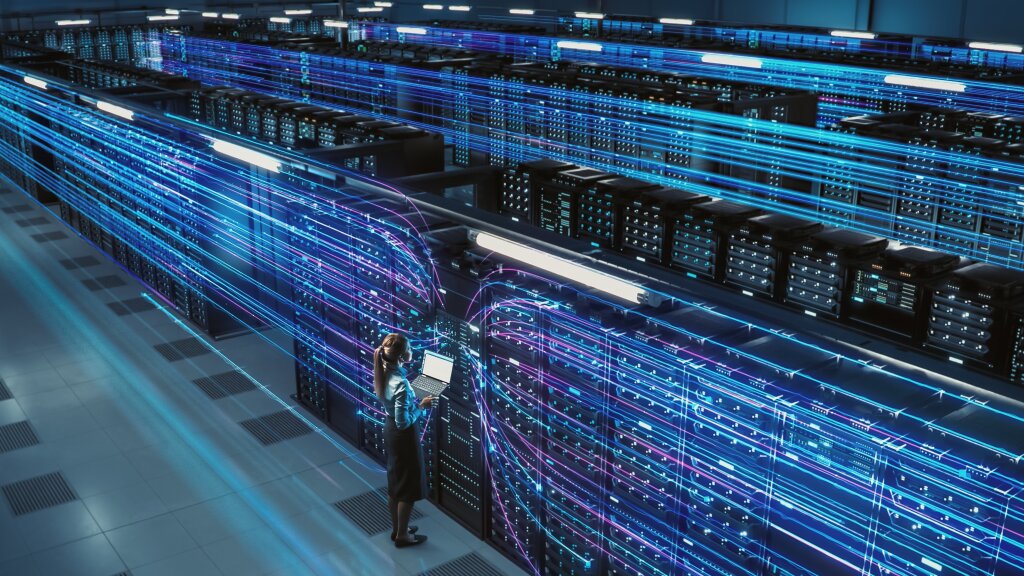The next industrial revolution, often referred to as Industry 4.0, is a term used to describe the ongoing transformation of industries and the integration of advanced technologies into manufacturing and other sectors.
It builds upon the previous industrial revolutions—mechanization, mass production, and automation—and encompasses the convergence of various technologies and digital advancements.
Some key elements and technologies associated with the next industrial revolution include:
Internet of Things (IoT): The IoT refers to the network of interconnected physical devices and objects embedded with sensors, software, and connectivity capabilities. It enables machines, equipment, and systems to collect and exchange data, leading to increased automation, real-time monitoring, and enhanced efficiency in industrial processes.
Artificial Intelligence (AI) and Machine Learning (ML): AI and ML technologies enable machines and systems to perform tasks that typically require human intelligence. These technologies can be applied to automate processes, analyze large amounts of data, optimize production, and make predictive decisions.
Big Data and Analytics: With the proliferation of sensors and connected devices, vast amounts of data are generated in industrial settings. Big data analytics techniques allow organizations to extract valuable insights, identify patterns, and make data-driven decisions to optimize processes, improve product quality, and enhance operational efficiency.
Robotics and Automation: Advanced robotics and automation technologies are vital in the next industrial revolution. Collaborative robots, also known as cobots, can work alongside humans, assisting in various tasks, thereby increasing productivity, quality, and worker safety.
Additive Manufacturing (3D Printing): Additive manufacturing technologies, such as 3D Printing, enable the production of complex and customized components and products with less waste, reduced costs, and faster turnaround times. It has the potential to revolutionize traditional manufacturing processes and supply chains.
Cybersecurity: As industrial systems become more interconnected and reliant on digital technologies, cybersecurity becomes increasingly important. Safeguarding critical infrastructure, intellectual property, and sensitive data from cyber threats is crucial in the next industrial revolution.
Augmented Reality (AR) and Virtual Reality (VR): AR and VR technologies provide immersive and interactive experiences in industrial training, maintenance, design, and remote collaboration. They can enhance worker training, enable virtual simulations, and support remote troubleshooting and assistance.
The next industrial revolution represents a paradigm shift in how industries operate, emphasizing the integration of digital technologies, connectivity, and data-driven decision-making. It aims to enhance efficiency, productivity, and sustainability while opening up new opportunities for innovation, customization, and improved customer experiences.
